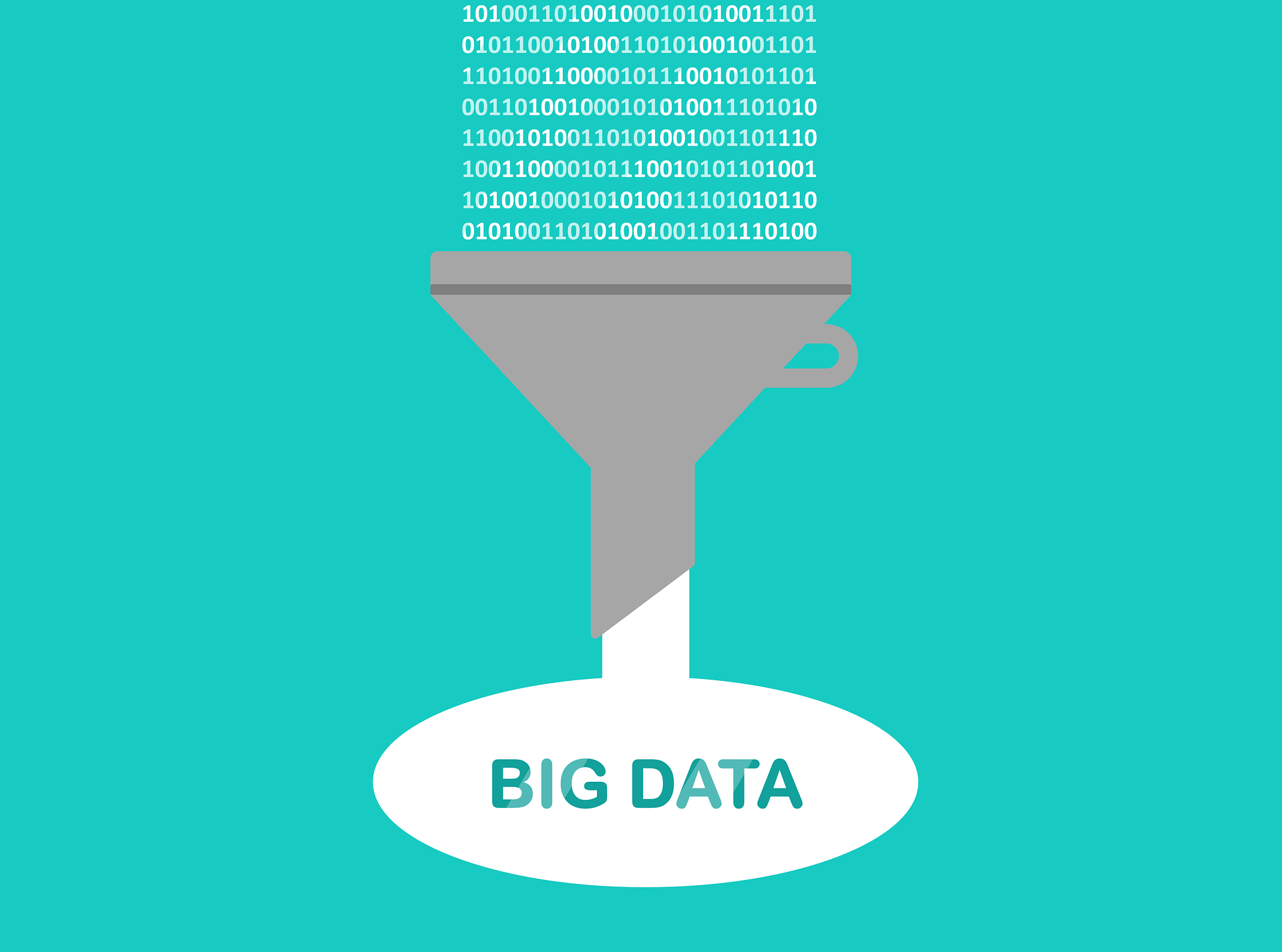An Introductory Guide to Consumer Research And How to Conduct One

Consumer research is used across industries in order to gain key insights into consumer behavior and needs. In this article, we will explore the key aspects of consumer research, namely what it is and how to do it.
What Is Consumer Research?
Consumer research is research undertaken to gain an idea of customers' preferences, attitudes, motivations, and buying behaviors. This information can enable you to categorize customers into groups or segments, and tailor marketing efforts (or other aspects of the business, such as product development) to those who are most likely to spend their money on your product or service.
Research can take many different forms - such as surveys, questionnaires, and interviews. All of which enable you to gain answers to questions that your business is struggling to find through other means.
For example, most businesses have some kind of customer service department. Through consumer research, you can find out what methods of customer service are most preferred by your customers and invest more in these methods resulting in greater customer satisfaction.
Consumer research enables you to group customers into customer segments. A customer segment is simply a collection of individuals with similar consumer data - possibly in terms of the personal demographics such as age, gender, or location, or it could be that their spending habits, AOV, and preferences are similar.
These customer segments can be targeted in different ways, enabling you to maximize revenue from each individual.
2 Types of Consumer Research
There are two basic types of research, both of which apply to consumer research.
Quantitative Research
Quantitative research produces quantifiable data. This means that it can be considered directly in numbers and percentages and, as a result, is usually easier to analyze.
For example, perhaps you want to evaluate your quality assurance strategies. In order to gain quantitative data for this, you might ask yes/no questions or ask customers to rank statements on a scale from 1 to 10, such as “I frequently come across bugs in X software”. 10 would indicate all the time, and 1 would be never. The responses can then be added together to create a percentage.
Qualitative Research
Qualitative research is often more in-depth, and questions enable responders to explore their answers in full detail. In 2021, 67% of researchers agreed that online or virtual qualitative research is helpful to consumer research. Qualitative research enables a much deeper understanding of the customer experience and opinion but is harder to analyze.

For example, returning to our example of experiencing bugs in software, a qualitative researcher may approach this question as follows:
Q: How often do you experience bugs when using our software? Explain in detail when and where this occurs.
A: I only experience bugs when using the accounting tool of the application. Whenever I try to export a report of my accounts, the app glitches and deletes my data.
This answer provides specific examples to the researcher and would make solving the problem much simpler. This is reflected in how business practices and software development intersect, as business needs are shaping new technology, a response that is driven through research.
However, if you are dealing with hundreds of responses, getting through them all can be challenging.
3 Benefits of Consumer Research
1. Provides Valuable Market Insight
Consumer research provides insights that you cannot get from analytics alone, as it gives you insight into the thoughts and feelings of the consumers. These insights are extremely valuable, as if you know how to use customer analytics, you can apply these skills to implementing the data gathered from your consumer research.
2. Improve Marketing and Business Decisions
Once you have gained these insights, consumer research can actually be used to inform your marketing and business decisions and can even help the creation of brand marketing reports. For example, your research could suggest that your business lacks organization across its teams. This could lead to your business investing in WFM tools and ultimately revolutionizing its reputation.
3. Assists in Determining Market Position
Another benefit of consumer research is that it can provide insights into where your business sits within the market. You can find out whether you are preferred to your competition or vice versa, and why. It helps your business define its market position and make adjustments to improve this or solidify its brand identity.
5 Methods of Consumer Research
There are many different methods of conducting customer research. In this section, we will go through some of the key options available.
Interviews
Interviews are a great way to conduct consumer research. The nature of spoken conversation often enables previously unconsidered ideas to come up naturally and opens up opportunities for discussions that reveal deeper insights. Furthermore, if you have access to software offering a free video call online, these interviews no longer need to be done in person.
- Focus Groups
Interviews can be conducted in focus groups where a select group of individuals discuss and offer their opinions on a matter together. These individuals might be from the same customer sectors or may represent different perspectives. How you choose to structure these is up to you.
- One-on-one Interviews
Alternatively, you may prefer to approach these with one-on-one interviews. This form of interview can often lead to a more in-depth conversation but, for logical reasons, are less time-efficient and can miss out on the group dynamic spurring new ideas.
Surveys
Surveys are a written alternative to interviews and do not require a researcher to be present at the time of research. They can also be sent to a much larger group of respondents (meaning a more detailed set of data) and can be a combination of quantitative and qualitative responses.
Analytics
Analytics is nothing new to anyone working in marketing, and it can be an excellent tool for conducting consumer research. Analytics will provide quantitative insights into consumer behavior, such as conversion rates and average sale values, and can contribute to consumer research.
Review Mining
Review mining can be a great way to gain consumer insights, and it doesn’t involve actively pursuing new research.
Previous reviews can often provide a mixture of quantitative and qualitative research through written descriptions and “star” system reviews. However, this method limits you to what is already available, and these reviews may not specifically target areas you are keen to research.
Secondary Research
Secondary research refers to looking at previously created research in your industry. Lots of this can be accessed online, and even if this isn’t the method you primarily choose to use, it can be a great starting point to guide your own research.
5 Steps to Conduct Consumer Research
1. Set SMART Research Goals and Objectives
SMART goals should be set before any business pursuit. Standing for specific, measurable, agreed, realistic, and time-bounded, these goals can help guide your research and avoid going off topic.
2. Determine the Research Methodology and Audience
As previously mentioned, there are several different methods of conducting consumer research. Choosing from the list above (and you are not limited to only one method), you should cover both quantitative and qualitative data for the best insight.
Develop a Buyer Persona
Develop a buyer persona in order to determine who your audience will be for the research. Buyer personas can be seen somewhat like “characters” in a story. They have certain wants, motivations, and behavior patterns. They make up your customer segments and who the research will target.
3. Conduct Research and Compile Data Findings
Put the research into action: send out surveys, schedule interviews, review your google analytics. Put all your findings into a spreadsheet, and begin to group responses logically. With qualitative data, it may be useful to identify “themes” in responses and categorize them according to these.
Once data is compiled, it is recommended to present it in a visually effective report, including charts or graphs depending on the content.
4. Analyze and Interpret Data Results

Take your data and consider what the information is telling you. Are you seeing frequent negative responses in one area? Do customers feel like you are overpricing your service? Interpret the data and come to conclusions as to what your business may need to do.
5. Take Action in Response to the Findings
Put your findings into action! If you are seeing consistent weaknesses in one area, this is a great time to bring the team together and brainstorm ideas to work around this and improve your business. When you implement changes that benefit the customers, you will see results coming back around to you in the form of increased engagement.
Key Takeaway
Consumer research is a brilliant way to ensure the success of any business. Enabling you to see how your customers view your company and gain key insights into how your business can improve. Provided your research has clear goals and gathers in-depth data, there is no reason your research shouldn’t be a raging success!
Ready to automate your reporting?
Read More
Don’t miss out!
Automate your reports!
Bring all your marketing data into one automated report.
Try dashthis for free

